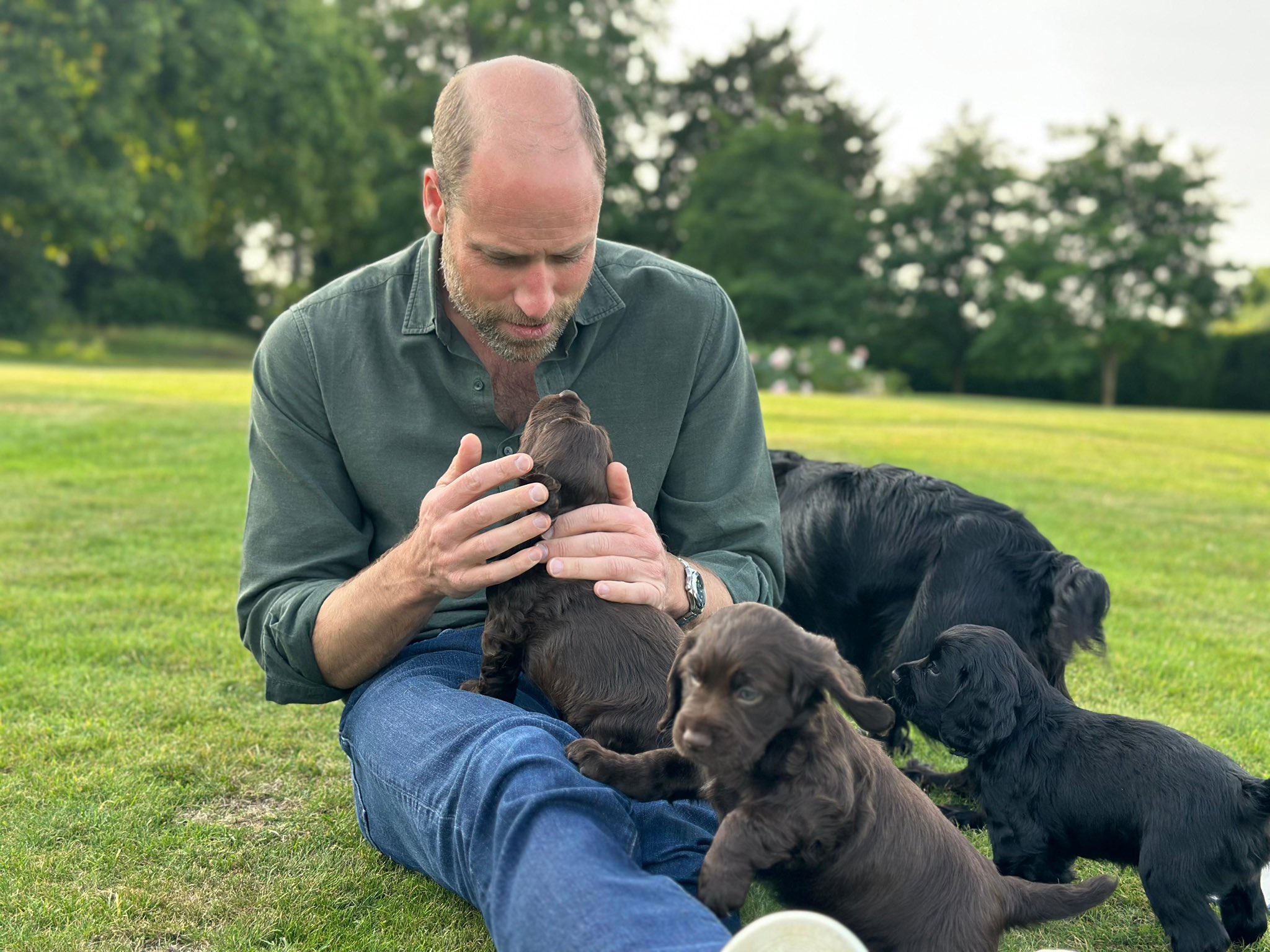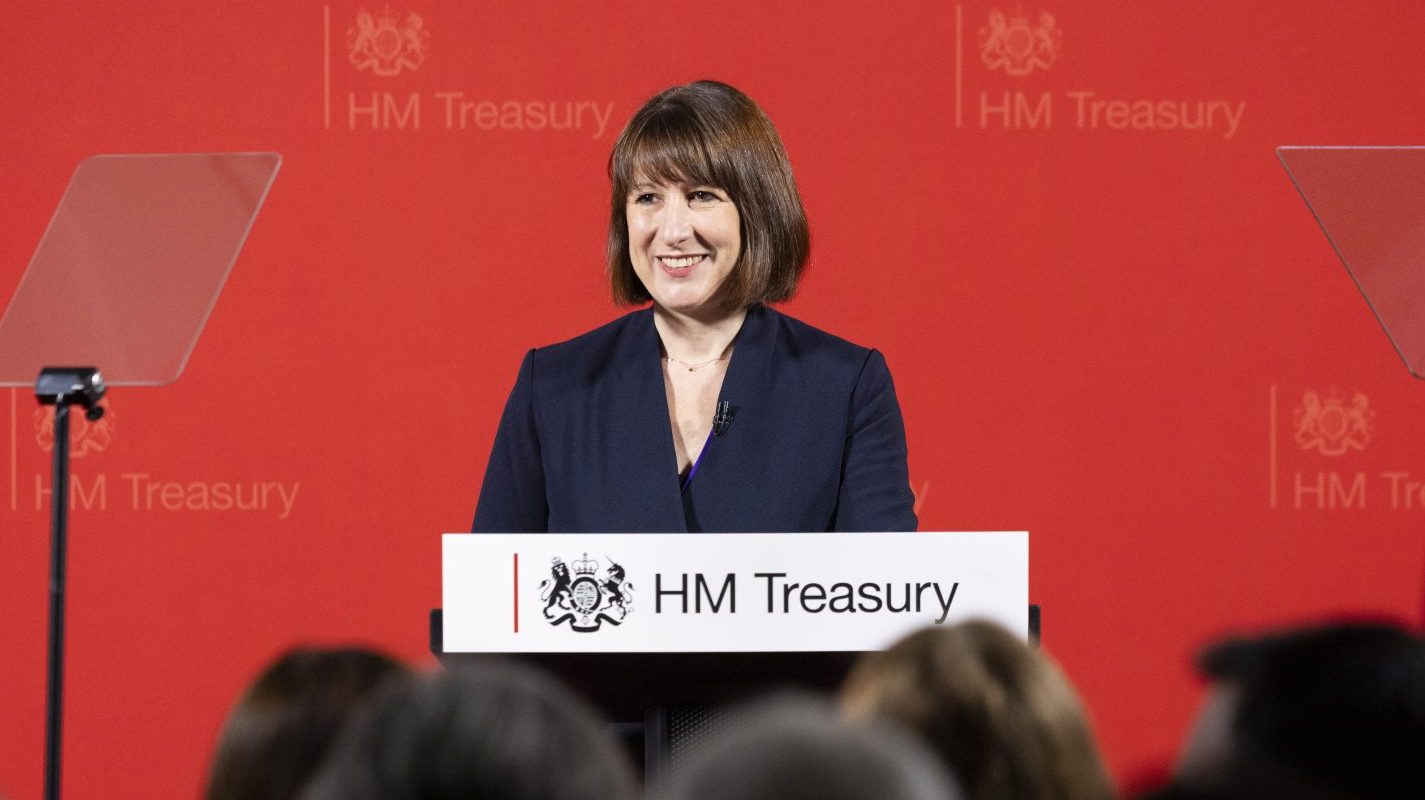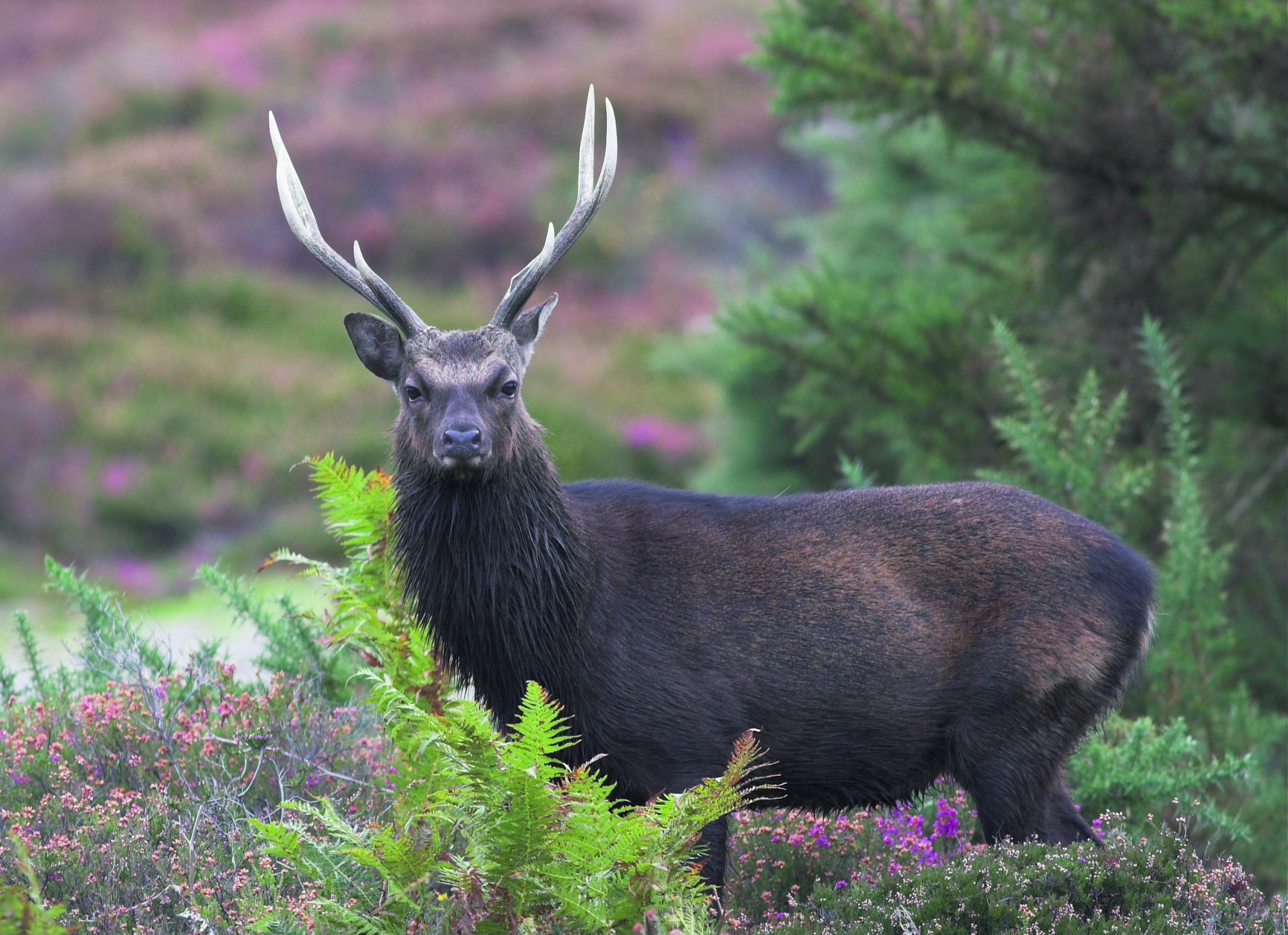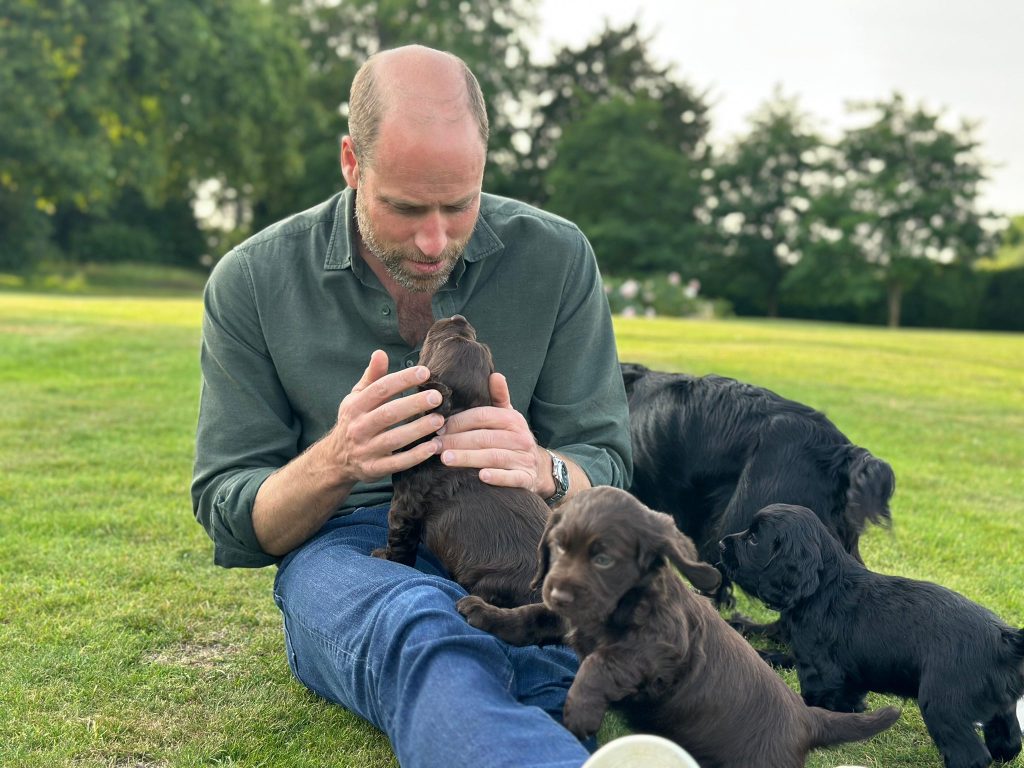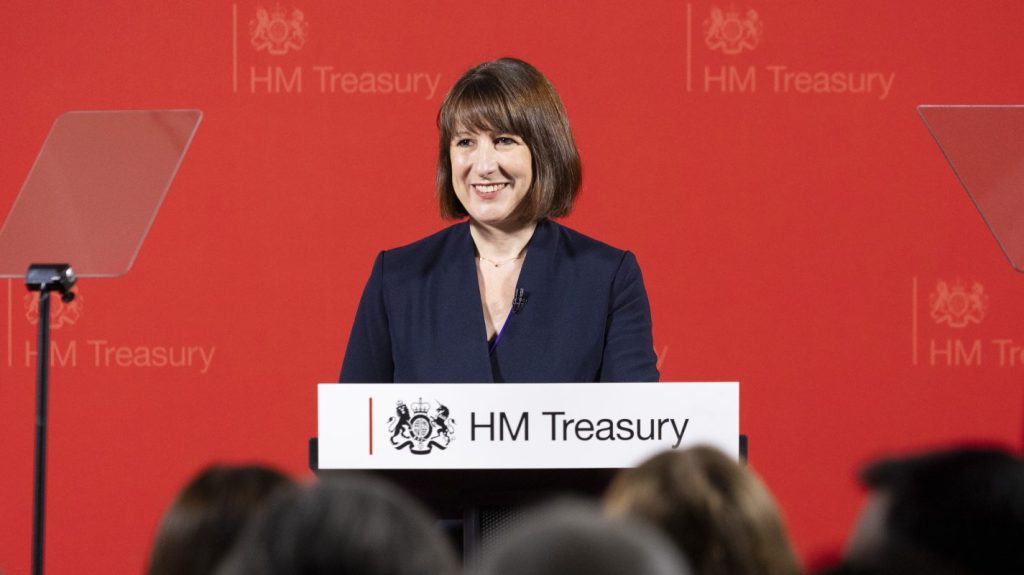News
Pine martens are thriving – which poses some interesting dilemmas
Would you like to speak to our readers? We offer sponsored articles and advertising to put you in front of our audience. Find out more.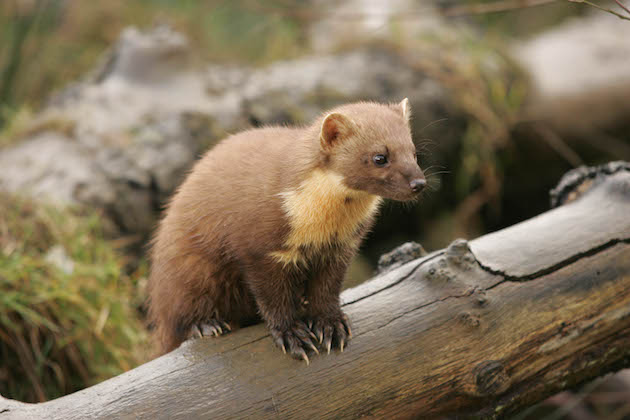 Pine Marten (captive)
Pine Marten (captive)
Pine martens are making a comeback in Galloway. Driven to extinction in the 19th century, these enthusiastic predators were released into the Galloway Forest Park as part of a reintroduction project in the mid-1980s. The success of the project seemed uncertain at first, largely because the Forest Park sprawls across more than 300 square metres of wild and remote commercial forestry. You could lose an army of elephants in those trees and never find hide nor hair of them again, so it is no surprise that a handful of pine martens should have slipped under the radar.
Numbers have exploded
After 10 years, a few pine martens began to show themselves. A handful of sightings were confirmed with growing evidence to suggest they were doing well in the south-west corner of Scotland. Twenty years later and their numbers have exploded far out from remote strongholds in the forests around Glen Trool and Clatteringshaws Loch. It is 20 miles as the crow flies between my house and the nearest release location, but it’s easy to find signs of pine martens in the woods above my house and the hill where I work on grouse and blackgame.
Given my lifelong enthusiasm for all wildlife, but gamebirds in particular, I am left in a bit of a quandary. Pine martens are exciting and beautiful mammals which evolved over millions of years to thrive in this country. They belong here, and having spent an evening watching one scampering through the larch boughs above my head, I can vouch for the pleasure they bring.
However, pine martens also have a notable predilection for eating gamebirds at every stage in their life cycle. In Scandinavia, pine martens are notable predators of black grouse and willow ptarmigan, and there is plenty of evidence to suggest that pine martens are at least partly responsible for the ongoing decline of capercaillie in Scotland.
Predator/prey relationships like these are nothing new, but the addition of pine martens to a landscape where many wild gamebirds are already struggling poses some interesting dilemmas.
Pheasant poults
Research has shown pine martens eat a good deal of fruit such as blaeberries, and they get most of their meat from voles and mice. Meals made up of gamebirds are probably the exception rather than the rule, and that is what you might expect from a predator without any specific dietary preferences. If a pine marten stumbles upon a pen filled with pheasant poults, the carnage can be appalling. Gamekeepers are right to be suspicious of them when it comes to release pens, but I am more concerned with wild game on our little hill shoot.
In a good year, we will produce enough grouse to shoot a few brace. I used to hold back on the birds we shot in the hope that stock left over from one season would go on to boost the next. The reality is we have a set holding capacity of pairs, and if the surplus is not shot by us, it will simply be eaten away by predators over the winter. We count the same number of pairs every spring as we did the year before, and the number of black grouse follows along a similarly seasonal flow of peaks and troughs. I have no doubt pine martens kill a few of our black grouse over the winter when the birds go to roost. I’m also confident we have lost a few greyhens on their nests to pine martens, with eggshells and feathers found in incriminating places.
At the same time, I have to balance these frustrations with the large pressure presented by foxes, badgers and goshawks, all of which have seen a marked increase in our area over the past decade. It’s almost a perfect storm of predators, so it seems unfair to blame pine martens for the accumulative impact of many others.
We no longer release any birds for shooting here, and perhaps my quiet admiration for pine martens would be less tolerant if we did. Some of my neighbours have seen entire partridge pens wiped out overnight, but I am more interested to treat the pine marten’s increase as part of a wider picture in a countryside that is rapidly changing. Ecologists talk about nature ‘finding a balance’, and I don’t dispute the idea that pine martens belong here.
However, we cannot ignore the fact that our countryside faces greater pressures than ever before, and conflicts between humans and wildlife are getting ever more complex.
Related articles
News
PETA attacks royal couple for breeding cocker pups
The Prince and Princess of Wales have faced criticism from animal rights group PETA after they had a litter of puppies
By Time Well Spent
News
Farmers launch legal review against Reeves’s farm tax
Chancellor Rachel Reeves faces a judicial review over inheritance tax reforms that could force family farms out of business
By Time Well Spent
Manage Consent
To provide the best experiences, we use technologies like cookies to store and/or access device information. Consenting to these technologies will allow us to process data such as browsing behavior or unique IDs on this site. Not consenting or withdrawing consent, may adversely affect certain features and functions.
Functional Always active
The technical storage or access is strictly necessary for the legitimate purpose of enabling the use of a specific service explicitly requested by the subscriber or user, or for the sole purpose of carrying out the transmission of a communication over an electronic communications network.
Preferences
The technical storage or access is necessary for the legitimate purpose of storing preferences that are not requested by the subscriber or user.
Statistics
The technical storage or access that is used exclusively for statistical purposes.
The technical storage or access that is used exclusively for anonymous statistical purposes. Without a subpoena, voluntary compliance on the part of your Internet Service Provider, or additional records from a third party, information stored or retrieved for this purpose alone cannot usually be used to identify you.
Marketing
The technical storage or access is required to create user profiles to send advertising, or to track the user on a website or across several websites for similar marketing purposes.

